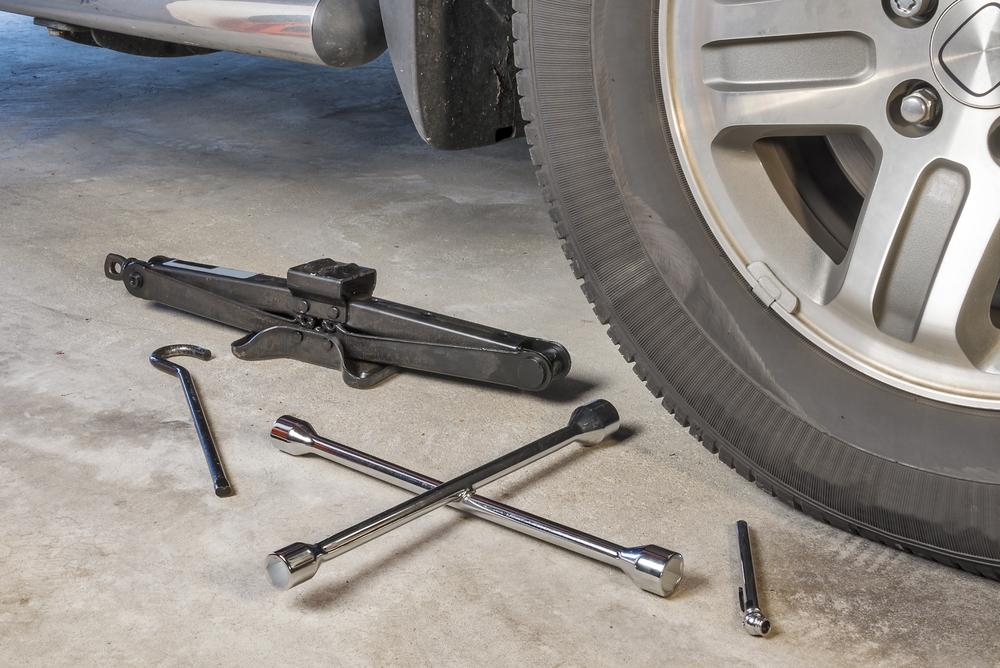
Need to Know Car Tire Safety
Car tires are the only component of your vehicle that meets the road directly, which means your tires are the forefront of your car’s safety. Besides investing in top-rated tires, the proper maintenance of car tires is a must. Taking care of your car tires ensures better mileage and peace of mind safety when you’re on the road.
The most common safety issues with car tires include unusual vibrations and thumping noise, most likely due to issues in the treads of your vehicle’s tires; and tires that pull the car to one side, which is often the cause of under-inflated tires or poor wheel alignment.
Be it seasonal tires or all-season tires, they are the most important safety feature of your vehicle. Not many people understand this and they continue to pay more attention to everything else in the vehicle except for tires.
Tire safety is crucial for driving in inclement weather (i.e., rain, snow, ice) to prevent your vehicle from sliding, and so the tires continue to endure extreme temperatures. Your tires can also prevent a collision on the road if you need to stop suddenly or make a sharp turn. to properly maintain your vehicle’s tires, follow these easy maintenance tips:
1. Rotate your tires
Whether your vehicle has seasonal tires or all-season tires, tire rotation can give them a long life and you can achieve your desired mileage objectives. Tire rotation is usually performed between 5000 and 7000 miles. However, tire rotation is not an option if the front and rear axles have different sized tires.
2. Balance your tires
If you keep your vehicle’s winter tires properly balanced, it would minimize uneven wear.
3. Wheel alignment
Wheel alignment helps eliminate uneven wear and for extending tire life.
4. Tire inflation
Overly inflated tires, whether your car tires are old or new, can mess with your car’s alignment and create wear in the center of the tread. While underinflation, or air pressure is too low, result in only the tire’s outer edges making contact with the road, which creates undue wear and tear on tread on the outer tires and less wear in the center of the tire. Cupping, or erratic tread wear, may also occur when wheels are out of balance, or car suspension components need replacing.


